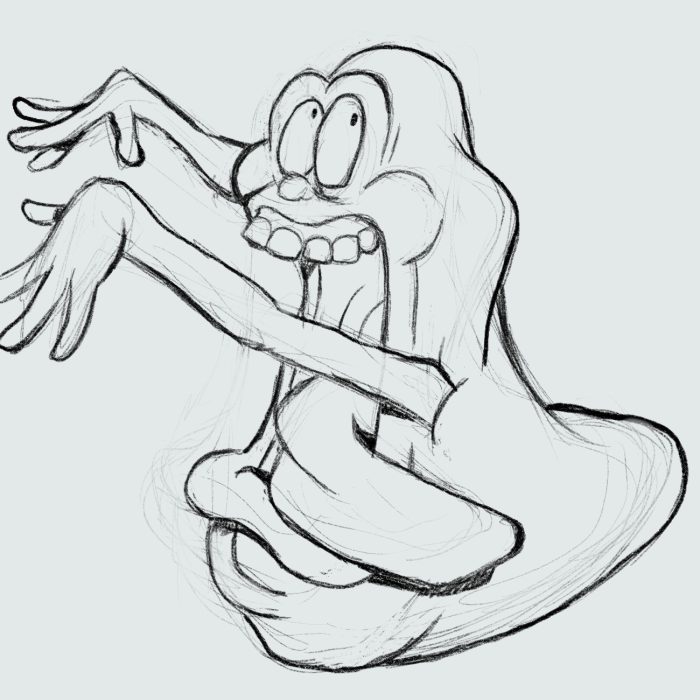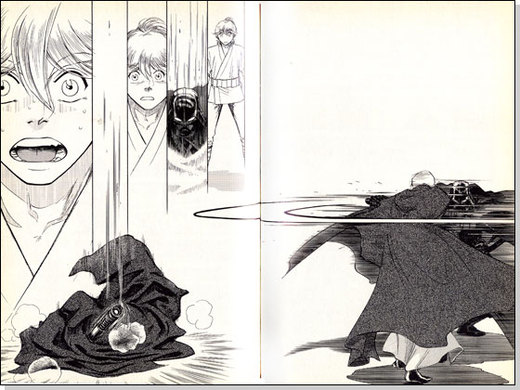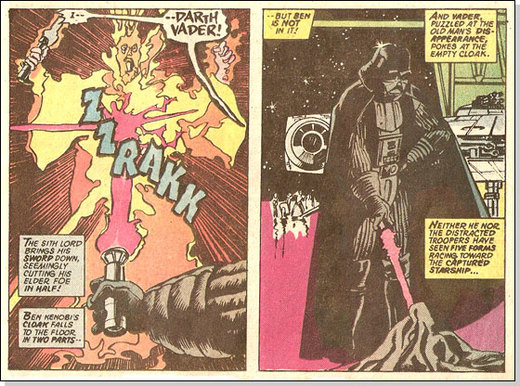Drawing for fun
I’m reading Bakuman again.
It’s a manga about two kids and how they reach their dream of becoming professional manga artists (mangakas). It’s very inspiring and often very meta. The story and art are phenomenal; it’s one of my all-time favorites.
In the current arc, both kids are running on empty. Mashiro, the artist, accepts a temporal job as their rival’s assistant, with the goal of breaking the rut and find a solid idea for their next manga. He finds it by being reminded how much fun he had when he was a child, drawing nonstop and imagining story concepts and characters.
I paused reading and reminisced on my own childhood and how I also drew a lot and enjoyed it. I drew armies, cartoon and video game characters, spaceships, robots and martial artists. I once drew a complete comic, full color, with a cover, something close to 30 pages.
In other ocassions I played by drawing. No panels, just characters and fighter jets flying all over the page, raw action in real time, with no care of layout, fast, loose and incomplete — just enough lines to suggest the missile lock in the HUD or have the character talk (no written dialogue, I made all the voices!). It was a complete mess and chaos, but immensely fun.
I’m trying to tap into that childhood playfulness and boldness I’ve since lost. While pondering on this, I remembered my frustration wanting so badly to draw The Real Ghostbusters’ Slimer and failing no matter how many times I tried.
It took a bunch of decades, but I finally can.






